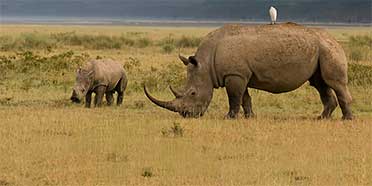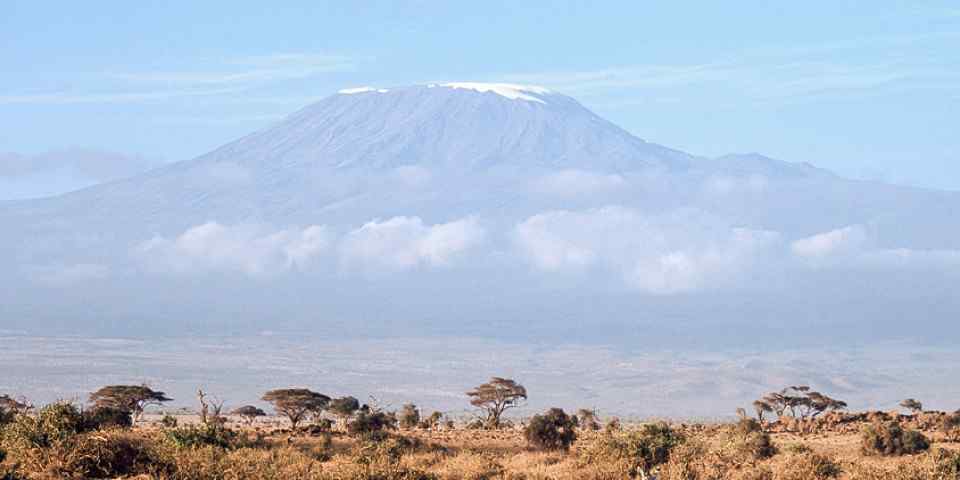
Safari Tours to Lake Nakuru NP
-
![4-Day Best Lake Nakuru and Masai Mara Classic Safari]()
4-Day Best Lake Nakuru and Masai Mara Classic Safari
$1,166 to $1,784 pp (USD)
Kenya: Private tour
Mid-range Lodge & Tented CampYou Visit: Nairobi (Start), Lake Nakuru NP, Masai Mara NR, Nairobi (End)

Splendid Vacations
4.9/5 – 34 Reviews
-
![6-Day Best Sopa Lodges Safari]()
6-Day Best Sopa Lodges Safari
$1,485 to $2,299 pp (USD)
Kenya: Private tour
Mid-range LodgeYou Visit: Nairobi (Start), Amboseli NP, Lake Nakuru NP, Masai Mara NR, Nairobi (End)

Meektrails Safaris
4.9/5 – 187 Reviews
-
![9-Day Luxury Big Kenya Safari]()
9-Day Luxury Big Kenya Safari
$3,570 to $4,170 pp (USD)
Kenya: Private tourLuxuryLodge & Tented Camp
You Visit: Nairobi (Start), Masai Mara NR, Lake Nakuru NP, Lake Naivasha (Naivasha), Amboseli NP, Tsavo West NP, Nairobi (End)

Spirit of Kenya
4.9/5 – 542 Reviews

 Kenya Parks
Kenya Parks
















